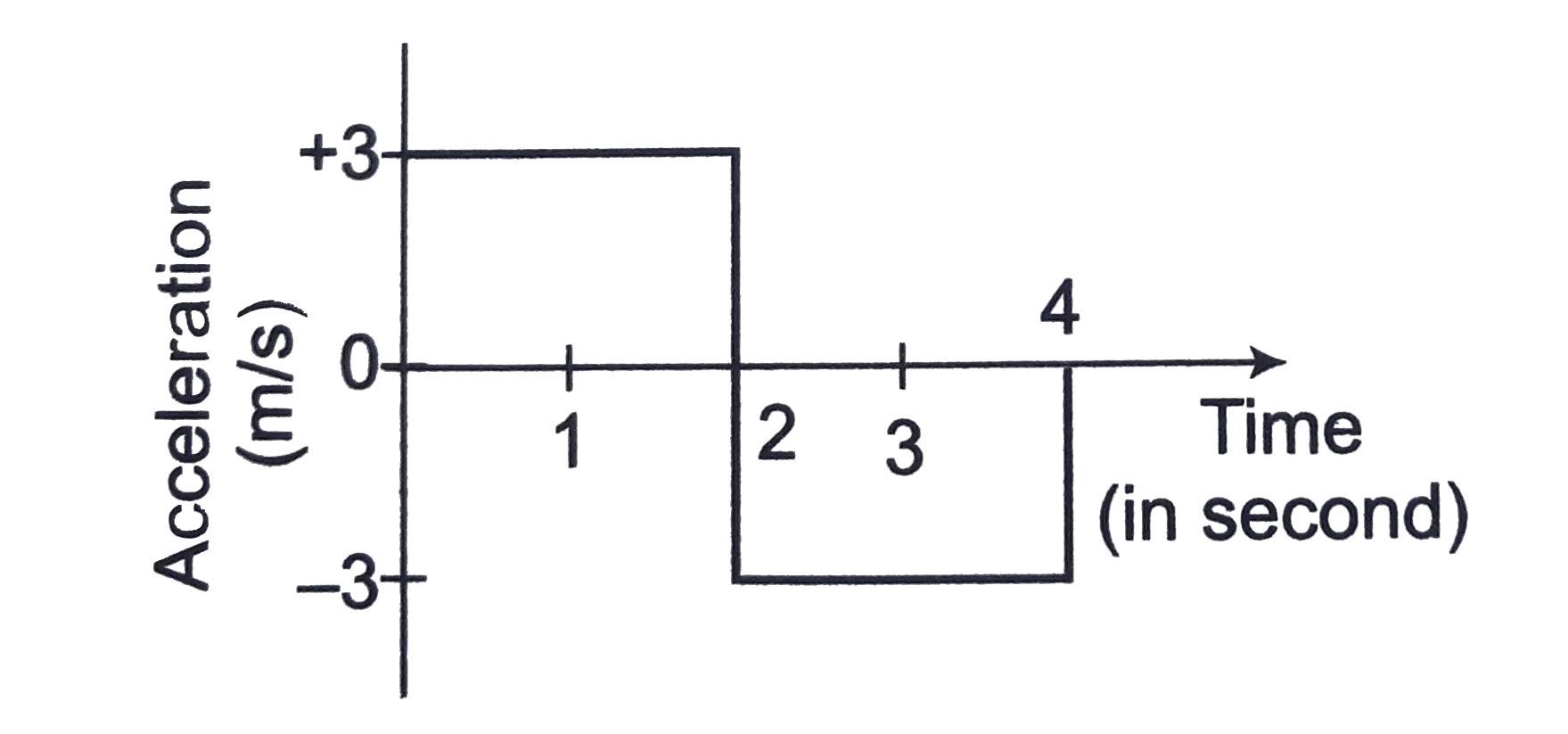A particle starts from origin and moves on a straight line path with an acceleration proportional to square of its displacement.Kinetic energy during displacement x will be
Step by step video & image solution for A particle starts from origin and moves on a straight line path with an acceleration proportional to square of its displacement.Kinetic energy during displacement x will be by Physics experts to help you in doubts & scoring excellent marks in Class 11 exams.
Similar Questions
A particle moves in a straight line with acceleration proportional to x2, ( Where x is displacement). The gain of kinetic energy for any displacement is proportional to
View SolutionA particle moves in a straight line with retardation proportional to its displacement. Its loss in kinetic energy for any displacement x is proportional to
View Solution
Knowledge Check
- Question 1 - Select One
A particle starts from point A moves along a straight line path with an acceleration given by a = p - qx where p, q are connected and x is distance from point A . The particle stops at point B. The maximum velocity of the particle is
ApqBp√qCqpD√qp
A particle starting from rest moves along a straight line with constant acceleration for this velocity displacement graph will have the form-
View SolutionA particle moves in a straight line so that s=√t, then its acceleration is proportional to
View SolutionA particle moves in a straight line so that s=√t, then its acceleration is proportional to
View SolutionA particle starts from rest at t=0 and moves in a straight line with an acceleration as shown below. The velocity of the particle at t=3 s is
 View Solution
View SolutionA particle starts from rest at time t=0 and moves on a straight line with acceleration as plotted in fig. The speed of the particle will be maximum after time.
 View Solution
View SolutionA particle starts from rest and moves with constant acceleration. Then velocity displacement curve is:
View SolutionA particle at rest starts moving in a horizontal straight line with a uniform acceleration. The ratio of the distances covered during the fourth and third seconds is
View Solution
